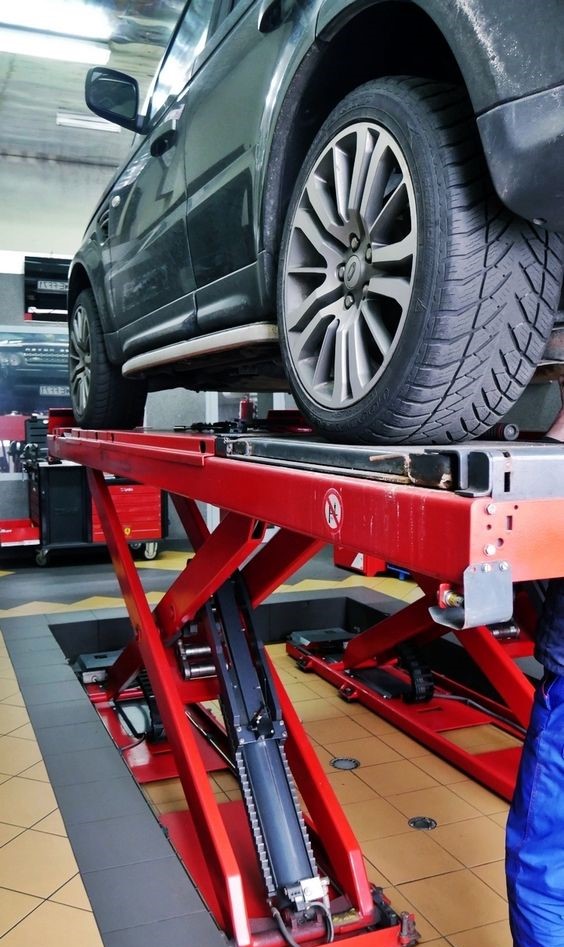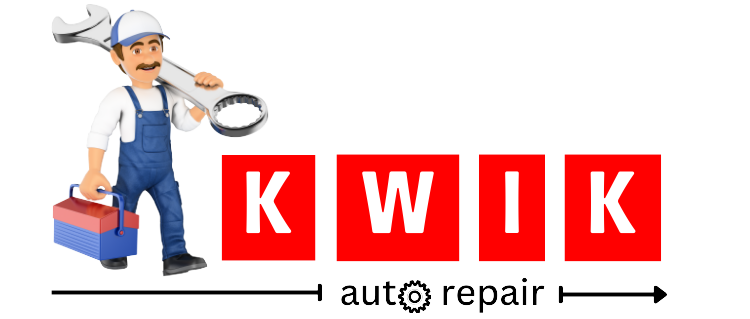Car Alignment

WHAT IS CAR ALIGNMENT?
Getting your car alignment fixed is like giving it a little tune-up to make sure it goes straight and smooth on the road.
Alignment refers to an adjustment of a vehicle’s suspension – the system that connects a vehicle to its wheels. It is not an adjustment of the tires or wheels themselves. The key to proper alignment is adjusting the angles of the tires which affects how they make contact with the road.
HOW DO I KNOW IF I NEED A CAR ALIGNMENT?
There are a couple ways to tell if your car needs a tire alignment. If you’ve noticed one or more of these indicators, you should have your alignment checked by a licensed service technician immediately.
-
- Uneven tread wear
-
- Vehicle pulling to the left or right
-
- Your steering wheel is off center when driving straight
-
- Steering wheel vibration
CAMBER, TOE, & CASTER
When a technician checks your car alignment, he or she is mainly concerned with three things:
1. CAMBER
This is the inward or outward angle of the tire when viewed from the front of the vehicle. Too much inward or outward tilt, also known as negative and positive camber, respectively, indicates improper alignment and will need to be adjusted. Worn bearings, ball joints, and other wheel-suspension parts may contribute to camber misalignment.
2. TOE
Distinct from camber alignment, toe alignment is the extent to which your tires turn inward or outward when viewed from above. If that’s confusing, just stand up and look down at your feet. Angle them inward toward the center of your body. When the tires on your car are angled the same way (remember, we’re thinking in terms of birds-eye-view), we call this toe-in alignment. Angle your feet outward and you have toe-out alignment. Both require adjustment.
3. CASTER
Your caster angle helps balance steering, stability, and cornering. Specifically, it’s the angle of your steering axis when viewed from the side of your vehicle. If you have positive caster, the steering axis will tilt toward the driver. Negative caster, on the other hand, means the steering axis tilts toward the front of your vehicle.
